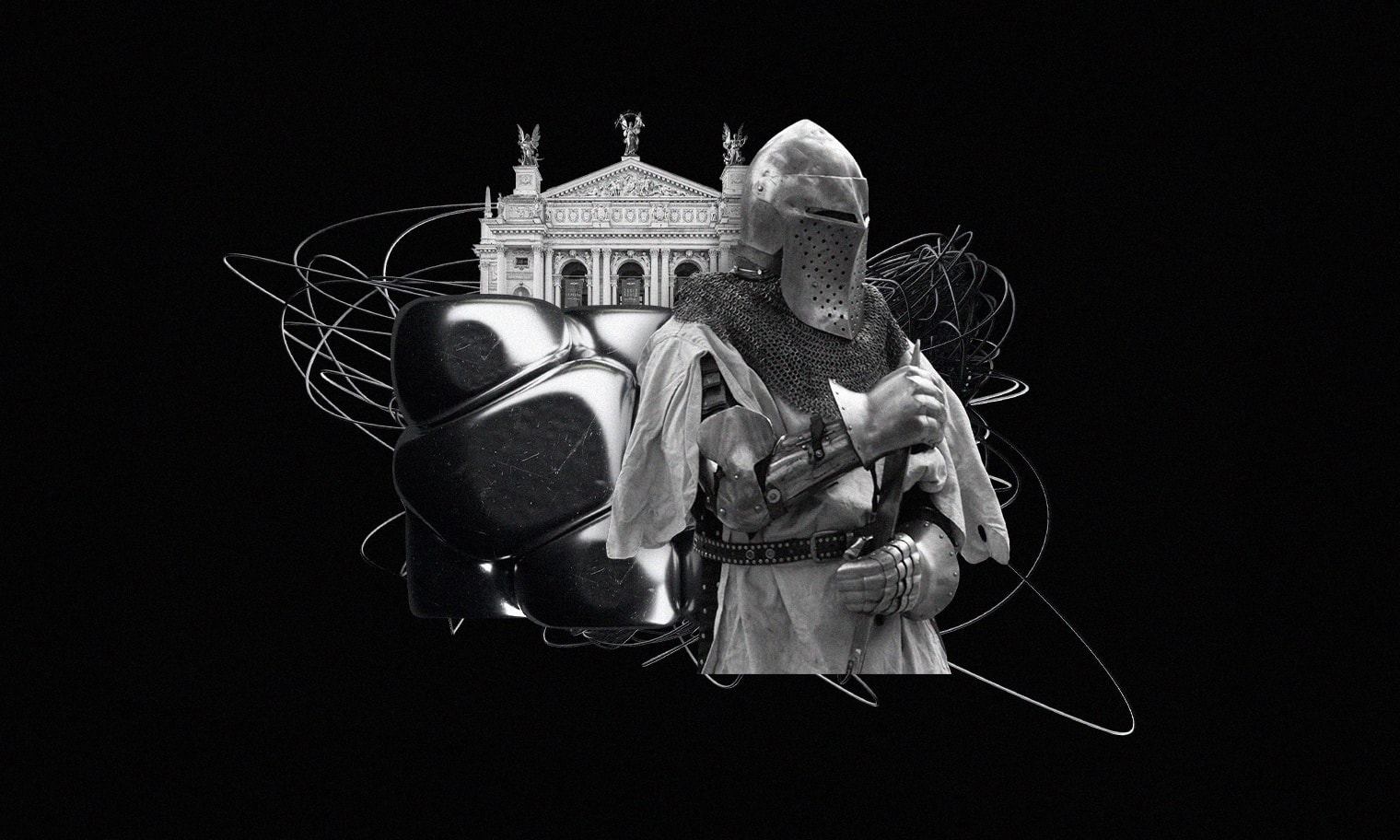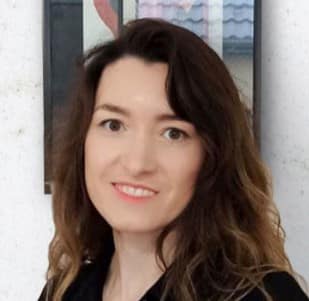The loss of an arm or a hand has unfortunately become an everyday reality for many Ukrainians. The military personnel sustain wounds on the front, while civilians suffer injuries on mine-contaminated territories. However, modern prosthetic technologies come to the rescue. Our piece is about the national rehabilitation center ‚Unbroken‘ in Lviv, where adults and children receive free prostheses to return to active life or even military service.
We treat, put prostheses and rehabilitate Ukrainians in Ukraine‘. This is the motto of the center Unbroken Ukraine. It is located on the premises of the First Medical Union of Lviv, the biggest healthcare facility of Ukraine consisting of two hospitals for adults and one children’s hospital. In April 2022, after the full-fledged invasion, evacuation trains began arriving here with patients, many of whom were sent to undergo treatment abroad. However, it soon became clear that it was impossible to send everyone. Ukrainians had to be treated in Ukraine, and to this end conditions had to created.
Prosthetics is not the only area in which the center specializes. ‚Unbroken‘ also deals with surgeries, orthopedics, physical and psychological rehabilitation. The largest burn center in Ukraine is located here. The center also has its own psychiatry unit and the center for mental health. However, prosthetics comes to the forefront as the military and civilians constantly sustain injuries. According to the State Emergency Service of Ukraine, as of now 30% of Ukraine’s territory is contaminated with landmines and it will take decades to demine it.
We have encountered a new type of injuries, the one incurred after the explosion of a landmine. We have done lots of amputations‘, says Solomiya Yakubechko, the head of the communication department at ‚Unbroken‘. ‚We do not know the exact number of Ukrainians who will need prosthetics since the war is still raging on‘. One thing is clear that there will be at least several thousand of such people. The scale of this war has become unprecedented since WWII, just as the number of people needing new arms or legs has astounded not only Ukrainian doctors, but also those from abroad. No country was ready for such a scale.
Multi-disciplinary approach
A patient who is admitted to ‚Unbroken‘ does not need to search for additional help because a multi-disciplinary team of specialists begins to work with them. There is a prosthetist, surgeon, orthopedist-traumatologist, physical therapist and psychotherapist. It is important since a full cycle of treatment and rehabilitation is to be ensured. Almost a third of the patients require a second amputation of a limb so that a prosthesis can be adjusted correctly. That is why the prosthetist has to closely cooperate with the surgeon as well as with psychotherapist. The chief prosthetist of ‚Unbroken‘, Nazar Bahnyuk, says that, ‚The decision regarding the treatment plan is made by consensus. Sometimes the problem may be not of physical but of psychological nature. For example, in the event of phantom pain.’
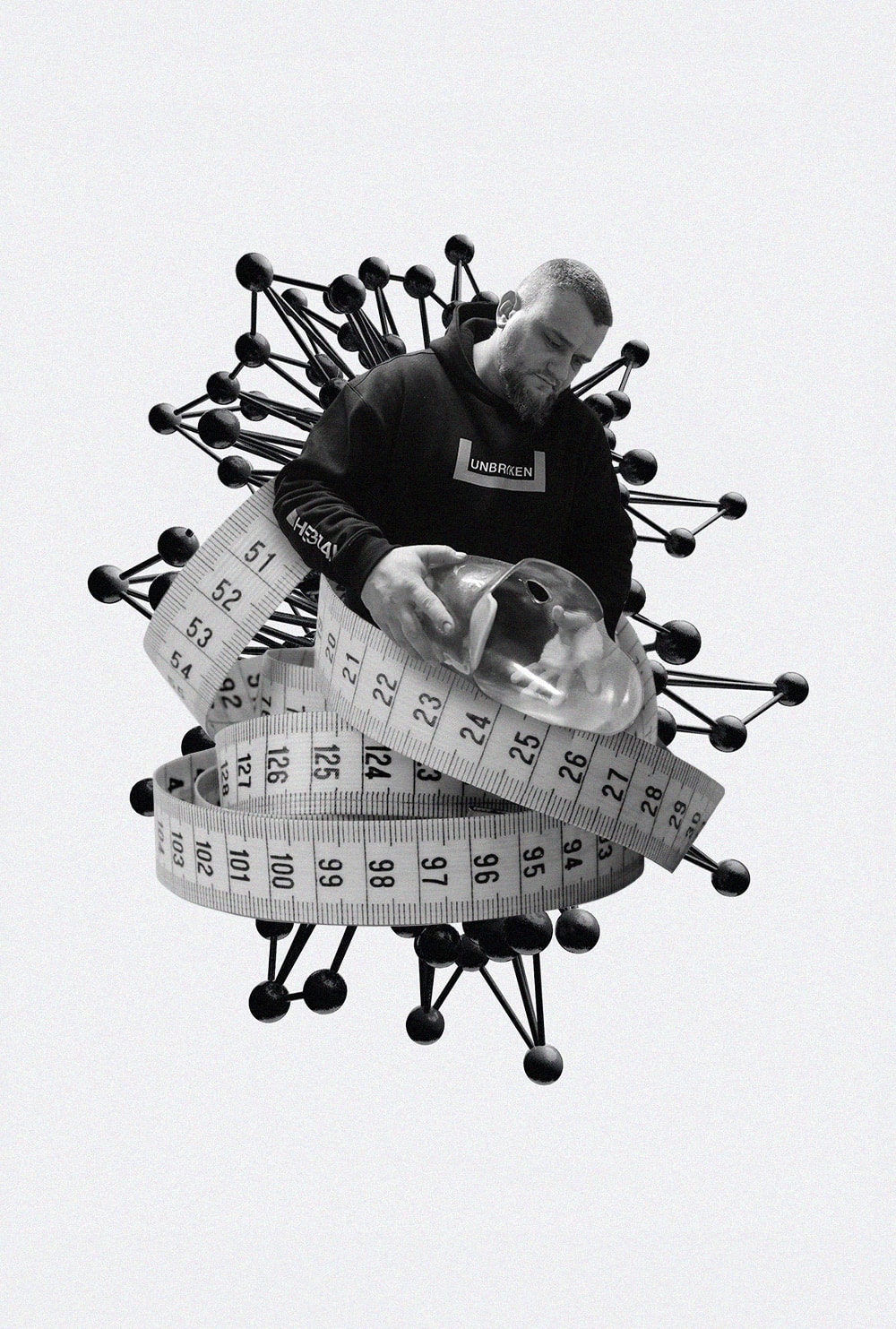
For patients the multi-disciplinary approach means that they will not have to travel to different cities or even countries for surgeries, prostheses or recuperation. All of the stages can be gone through in Lviv under the supervision of the specialists with whom they are already acquainted. ‚A trip to another country gives you no guarantee that you will get a prosthesis right away. We sent one of our first patients abroad and he was told to wait 6 months for his prosthesis. He returned home and turned to us’, says Solomiya Yakubechko. ‚A lot of patients write to us on Instagram or Facebook, asking us about how they can get a prosthetic at our center. We give them phone contacts of our coordinator who fixes an appointment for them. After this our specialists check what can be done, whether we are talking about treatment or rehabilitation. We do not say ‚no‘ to anyone’.
Both the military personnel and civilians receive treatment at the center, as well as adults and children. Currently 200 patients are on the waiting list. Some patients need time for the wound to heal, some are waiting for fragments of a shell to be removed, while others require rehabilitation, which is a long process that can take up to several months.
The time needed for receiving a prosthesis is different in each case and depends on the type of a prosthesis, the level of amputation (above or under the elbow or knee), the complexity of technology. On average it takes from 3-4 days to 2-3 weeks for a prosthesis to be produced. The price also differs. Whereas a simple mechanical knee costs about 4 thousand euro, the price of the electronic one may come out at 17-18 thousand euro. However, patients receive them free of charge.
There is no such thing as two identical prostheses
Not only does the ‚Unbroken’ center put on prostheses, it also produces them. At first it became possible thanks to a mobile workshop that was granted to the center by the Malteser Relief Service with the support of the German government. In this mobile ‚wagon‘ two prosthetists could work at the same time. After first six months of work, which began in September 2022, they managed to put on over 100 prostheses. In March 2023, a large workshop was set up with ten workplaces, six wards, measuring 2691 square feet. The center set itself a goal of making 100 prostheses a month.
The majority of prostheses are ordered individually for each patient from one of the largest producers in the world, the German company Ottobock. ‚Individually‘ here means that the center receives components from which local specialists assemble prostheses. ‚There is such thing as components, i.e., knees, feet, hooks that can be produced at the plant in advance. However, you can’t produce something that concerns one’s body and is in direct contact with it, like sockets, the interface between the living and the artificial one. We produce them from scratch, we make soft or hard ones, thin or thick, long or short’, says Nazar Bahnyuk. ‚We can screw in the most technologically advanced spare parts, but no single patient will be able to walk should the socket be of poor quality or they will feel discomfort when stepping on it‘. It is more time-consuming and difficult to produce prostheses for arms than those for legs. The former takes about two or three times longer to make.
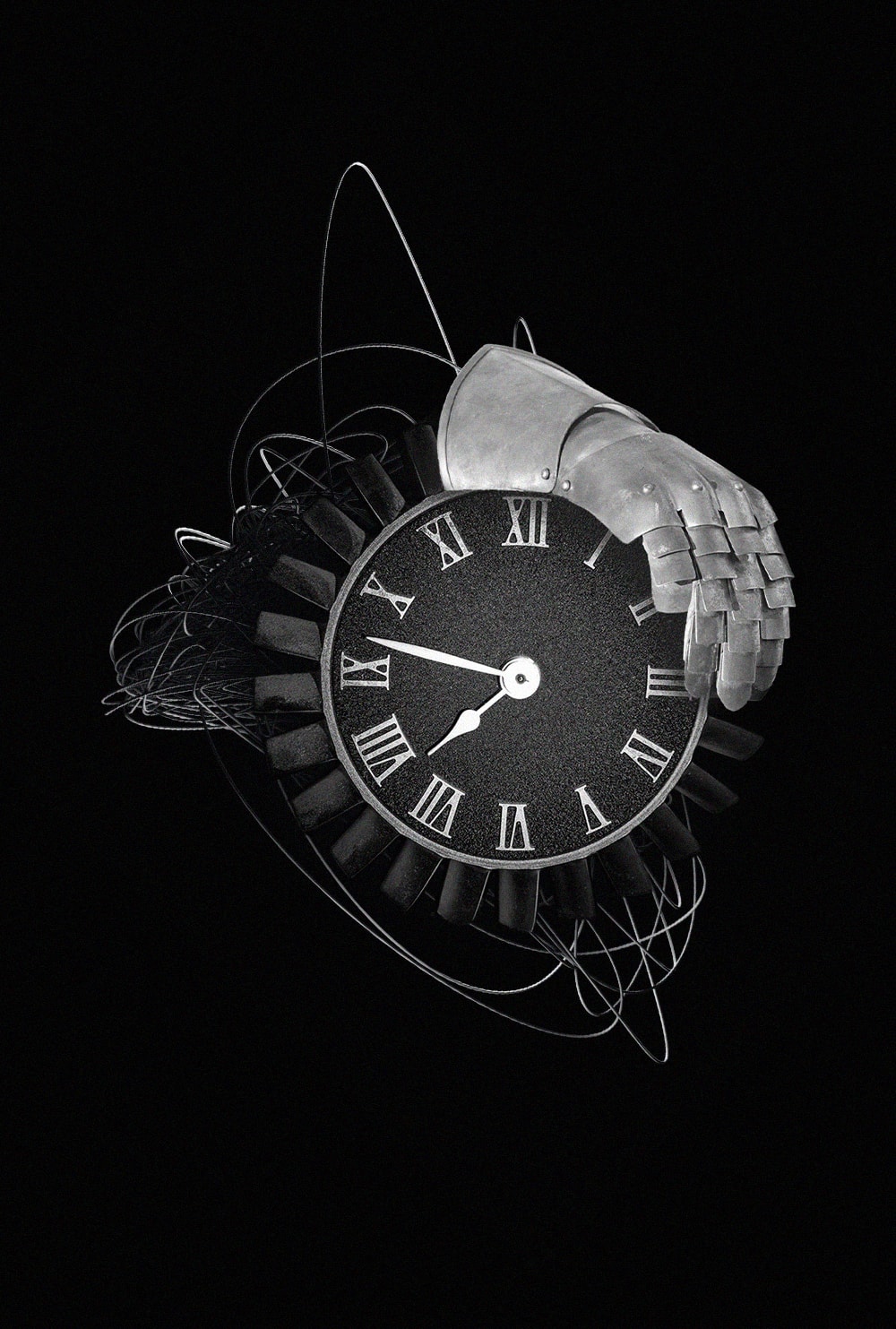
The defender of Mariupol, Oleksandr Morsky, had his arm amputated in the shelter of the steelplant ‚Azovstal‘, where he spent 6 weeks. He then spent two months in Russian captivity in Olenivka. On returning home, he received a myoelectric prosthesis at ‚Unbroken‘. Nazar Bahnyuk explains to us the principle of the operation of this prosthesis: there is a sensor that registers electronic signal during muscle contractions, enhancing it and setting in motion the electronic engine of the wrist. For example, to open the wrist and grab something the patient has to put their arm forwards, squeeze the shoulder blades or slouch.
The son of another defender, the 13-year-old Dmytro, lost his hand while helping his mother do the chores. He received a similar prosthesis, which is normally sufficient to perform the main functions. While the boy is growing up and developing, he does not need more complex technologies.
It is not the patient who decides which prosthesis to choose. The prosthetist offers their advice. ‚The most expensive solution will not always be the best for a concrete person‘, says Nazar Bahnyuk. ‚Out in the field the cheapest tractor will move better than the most expensive car and vice versa. It is better to ride a Mercedes on the highway than a tractor. There are many technologies, and each of them has to be used properly’. The most important thing is to select for each patient a prosthesis that will solve their problem.
Does everyone need a robohand?
Having worked 19 years as a prosthetist. Nazar Bahnyuk is skeptical about the trend of referring to things as ‚bionic‘ (bionics is the application of biological methods and structures to develop engineering solutions and technological methods – editor’s note). He says that it is more about marketing classification, which makes no sense in terms of technologies. He draws some parallels, saying, ‚It’s like the word ‚cybernetic‘: for some reason everyone thinks of robots, while in fact it is about operating systems. The same goes for the word ‚bionic‘. It’s like a symbiosis of the living and the mechanical, but that can be said almost about any prosthesis. All ‚bionic‘ prostheses use a myoelectric sensor. In most cases this word refers to a myoelectric prosthesis of a hand that has more than one grip’.
However, the specialists of the center work with ‚bionic‘ products. For example, the paratrooper, Mykhailo Yurchuk, received a prosthesis developed by the Ukrainian-American startup, Esper Bionics. It is exactly the type of prosthesis that featured on the cover of Times as one of the best inventions of 2022. Nevertheless, developers do not conceal the fact that their product is not universal as it is not waterproof enough and will hardly be suitable for members of the military who want to engage in hostilities again. In stressful conditions it is challenging to control the contractions of muscles and the prosthesis’ grip. As a result, the operation of a tank or handling of weapons may entail high risks for the life of the soldier and those around them.
A 32-year-old native of Lviv, Yuri, who lost his hand to the explosion of a landmine, received a prosthesis TrueLimb, which was printed on a 3D printer, from the American company Unlimited Tomorrow. It is the lightest prosthesis in the world that can be put on right after the wound has healed.

To be able to work with new technologies, the doctors of the center constantly participate in capacity building sessions abroad, learning to work with concrete products directly at producers’ facilities and receiving certificates. According to Nazar Bahnyuk, some electronic prostheses cannot be used if one does not have a login and password to access a special program. A prosthetist may receive them only after successfully doing a course and passing a test on this particular technology.
«Our colleagues abroad helped us a lot: British and American prosthetists came to spend several months with us, operating together with Ukrainian surgeons on people who sustained exclusively military injuries’, says Solomiya Yakubechko. Recently the famous orthopedist-traumatologist, Munjed Al Muderis, brought a technology to Lviv of which Ukrainian doctors had only been dreaming – osseointegration prosthetics. This technology means that an artificial limb is implanted into the living bone. This method allows putting prostheses on people with ‚high‘ amputation of legs. Already on the following day after the surgery these people are able to walk.
Patients are supposed to adapt to the life after the surgery on their own. Physical therapist can show them how to put the prosthesis on and how to take first steps. The patients then receive their ‚homework‘, beginning with the easiest exercises, such as standing up and sitting down. Daily exercises done by Ukrainian defenders at the center remind one of a work-out session in the gym or elements of sports gymnastics. They run on a treadmill, do push-ups, exercising with a ball, dumb bells or on bars.
Millions on thousands of prostheses
Patients receive free prostheses, however, but not the ‚Unbroken‘ center. Someone has to pay for components that are provided by foreign companies. The work of highly-qualified Ukrainian specialists has also to be paid, as do the surgery and rehabilitation. The government or the city of Lviv cannot handle such volumes of necessary aid, covering only a part of it. The center is raising funds from different sources.
A lion’s share of aid comes from international organizations, e.g., the Ukrainian Red Cross Society or the American humanitarian organization Direct Relief. Sometimes even cities help, for example, the capital of Lithuania, Vilnius, or the German city of Freiburg. Private donors and socially responsible local businesses also offer their help, sometimes providing targeted aid. A Ukrainian IT company has paid for a prosthesis of one of the patients. This is one of the many examples.
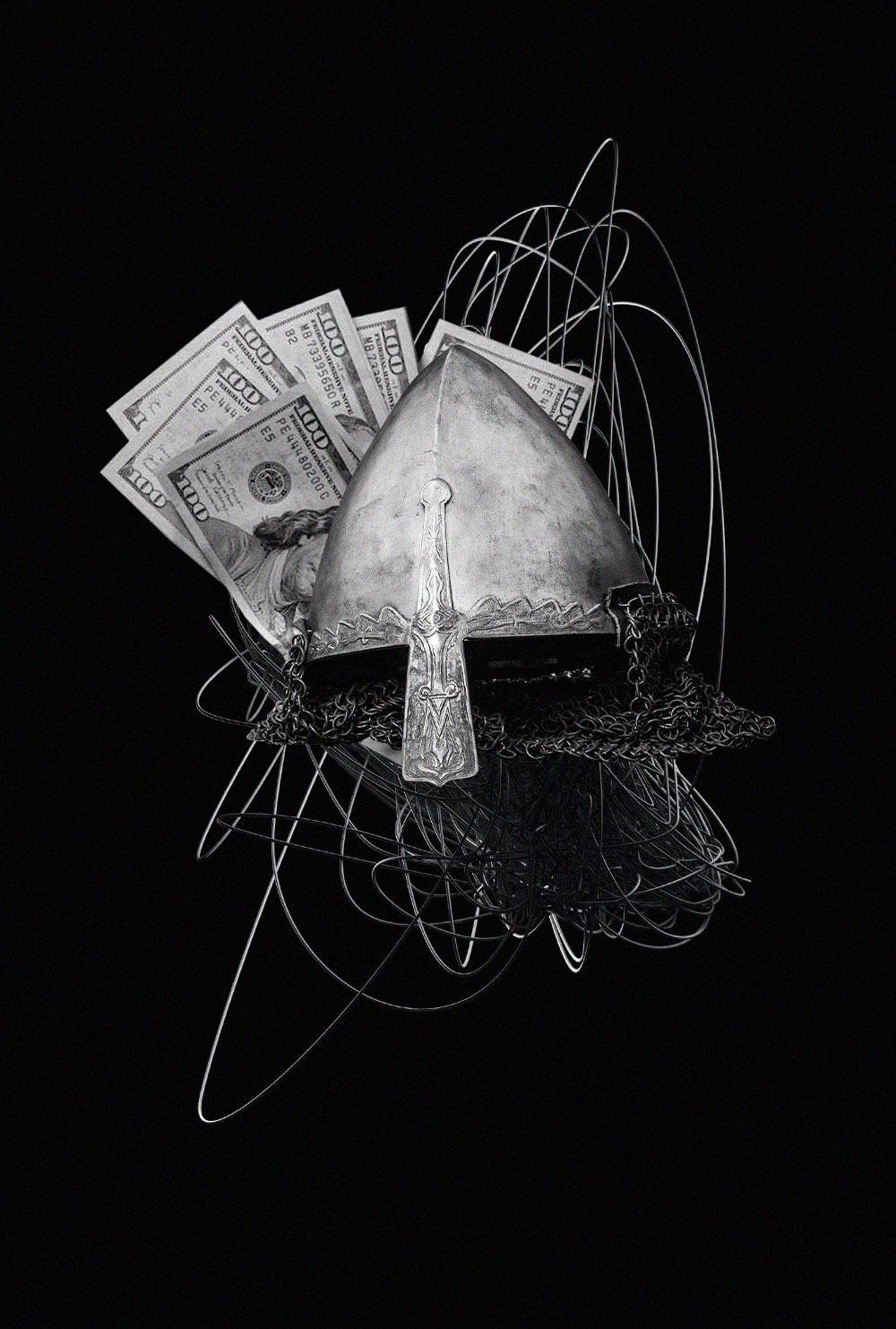
By launching charitable campaigns and brining in ambassadors of the cause, the center achieves two aims at once: raising money and spreading information about itself so that more people in Ukraine could receive prostheses. For example, the singer Olha Polyakova raised almost 2,5 million UAH for the project ‚Prostheses for the Unbroken‘ on the platform dobro.ua. Of this sum, 1 million 700 thousand UAH was donated by the defender of Mariupol, Mykhailo Dianov. This money had earlier been raised by Ukrainians willing to help Mr. Dianov receive treatment for his arm.
At times benefactors launch campaigns themselves to help the center. The internet outlet Platfor.ma and the brand Woolkrafts launched a collection of blankets with the image of landscapes form different regions of Ukraine. The proceeds were donated to ‚Unbroken‘. Those who want to donate any sum to the center can do so by sending money to this charitable account.
Another pressing issue (apart from the budget) is personnel. ‚We almost have no institutions that would train specialists in prosthetics‘, says Nazar Bahnyuk. ‚If we provide a stimulus to them, maybe some of them will start doing it‘. The demand already exceeds the supply, with highly-qualified specialists becoming few and far between, which cannot meet the needs of so many patients. Moreover, it would also make sense to think strategically and train professionals for decades to come. According to Ukrainian legislation, a prosthesis has to be replaced every three years (pairs of prostheses are to be replaced annually), which means that those who receive their prostheses today will turn for help many times in the future.
In the meantime, the ‚Unbroken‘ center is working in line with its mission of saving Ukrainians in Ukraine. On April 11, a new rehabilitation department of the center was opened in Lviv. There patients will adapt to the new life with the help of the robotized system for walking, exoskeletons, robo-gloves and other technologies. Also, a swimming pool will be opened for rehabilitation in the water, as well as occupational therapy flat with a kitchen where patients will learn anew to take care of themselves in house conditions. There will also be a shop simulator so that patients can train to do the shopping. On the walls of the department portraits of patients and doctors have been hung that were taken by the photographer from ‚Azovstal‘, Dmytro Kozatskyi, with the call sign ‚Orest‘. Just like him, many defenders want to return to service after rehabilitation, even if that does not necessarily mean returning to the front line. With a prosthesis they can keep leading active life.

